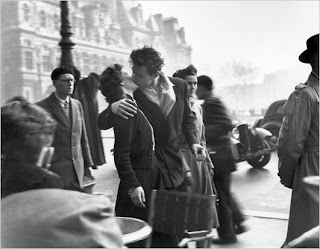http://blog.stuartmillenglish.com/category/using-songs-to-teach-grammar/
[youtube][/youtube]
First Listen to the song
Second Answer this question: What is a “jealous guy”? What are three things a jealous guy might do?
Third Listen to the song again. This time, read the lyrics to the song too. (The lyrics are below. Scroll down to see them.)
Fourth Think about the past continuous verb tense. The form is was/were plus the –ing form of the verb. For example: I was watching TV. They were sitting alone.
Fifth Look at the lyrics in the song.
I was dreaming of the past
And my heart was beating fast
I began to lose control
I began to lose control
I didn’t mean to hurt you
I’m sorry that I made you cry (oh my)
I didn’t want to hurt you
I’m just a jealous guy
I was feeling insecure
You might not love me any more
I was shivering inside
I was shivering inside
I didn’t mean to hurt you
I’m sorry that I made you cry (oh my)
I didn’t want to hurt you
I’m just a jealous guy
I didn’t mean to hurt you
I’m sorry that I made you cry (oh my)
I didn’t want to hurt you
I’m just a jealous guy
I was trying to catch your eyes
Thought that you was trying to hide
I was swallowing my pain
I was swallowing my pain
I didn’t mean to hurt you
I’m sorry that I made you cry (oh my)
I didn’t want to hurt you
I’m just a jealous guy (watch out)
I’m just a jealous guy (look out babe)
I’m just a jealous guy
Sixth Answer these questions:
Why does he say that his heart was beating fast? When does your heart beat fast?
What reason does he give for hurting her? (Why did he hurt her?)
Why was he feeling insecure?
What does “I was swallowing my pain” mean?

